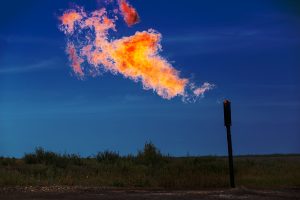Beginning in January 2018, refineries across the U.S. were required to measure average benzene concentrations at locations around their perimeters using a network of monitors. After the first full year…
Read more
In less than a decade, fracking and other new drilling techniques have turned the United States into the largest producer of oil and gas in the world. Historically a fossil…
Read more
The Environmental Integrity Project examined the budgets of the environmental agencies in the lower 48 states (numbers for Alaska and Hawaii were not available). Our analysis surveyed annual expenditures and…
Read more
In the wake of a series of fires, explosions, and pollution releases at chemical plants, a new report reveals that the Houston region’s rapidly growing plastics industry is significantly increasing…
Read more
Sewage overflows from Pennsylvania’s capital have only increased since a 2015 consent decree meant to address the problem, with the amount of human waste mixed with stormwater released to the…
Read more
The Chesapeake Bay region states are trying to make the Bay cleanup easier by encouraging polluters to trade with each other. In the abstract, what is called “nutrient trading” might…
Read more
The Chesapeake Bay Total Maximum Daily Load (TMDL) is a “pollution diet” for the Chesapeake Bay, which has long been impaired by excessive levels of nitrogen, phosphorus and sediment. The…
Read more
This report gathers research on the greenhouse gas emissions of plastic at each stage of the plastic lifecycle—from its birth as fossil fuels through refining and manufacture to the massive…
Read more
Illegal air pollution from the booming oil and gas industry in the Permian Basin is causing unhealthy air pollution levels in West Texas, but the state has not installed enough…
Read more
For many years, one of the most important, unanswered questions in the Chesapeake Bay cleanup has been: To what extent are farmers actually implementing pollution control practices, such as fencing…
Read more











